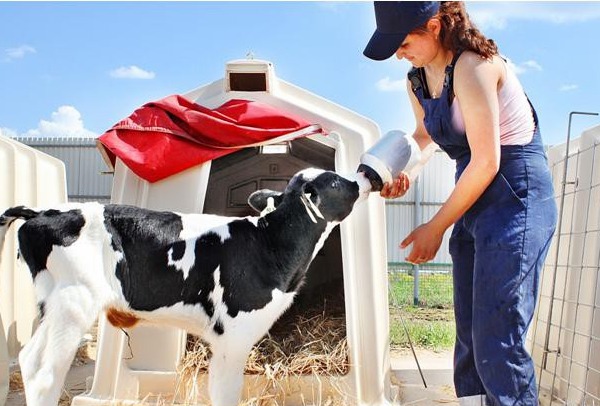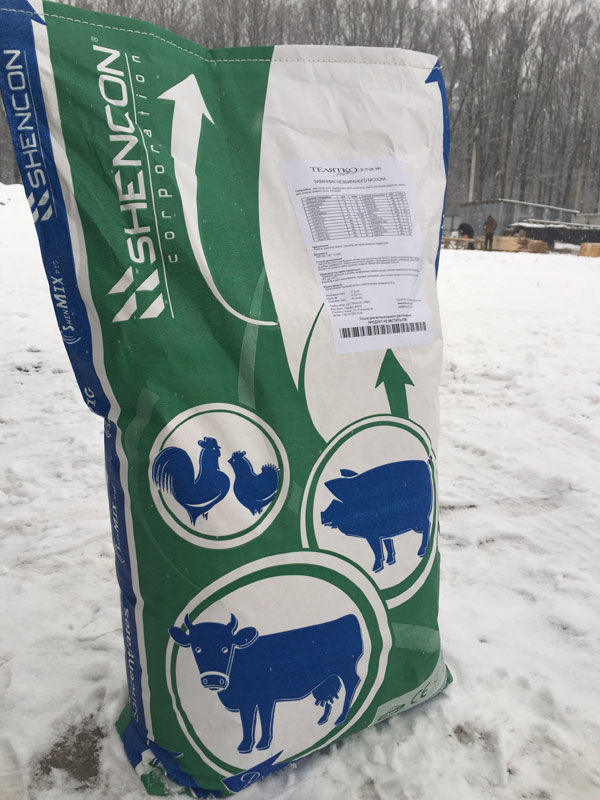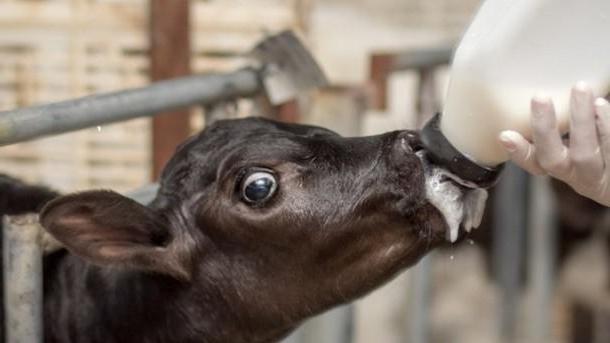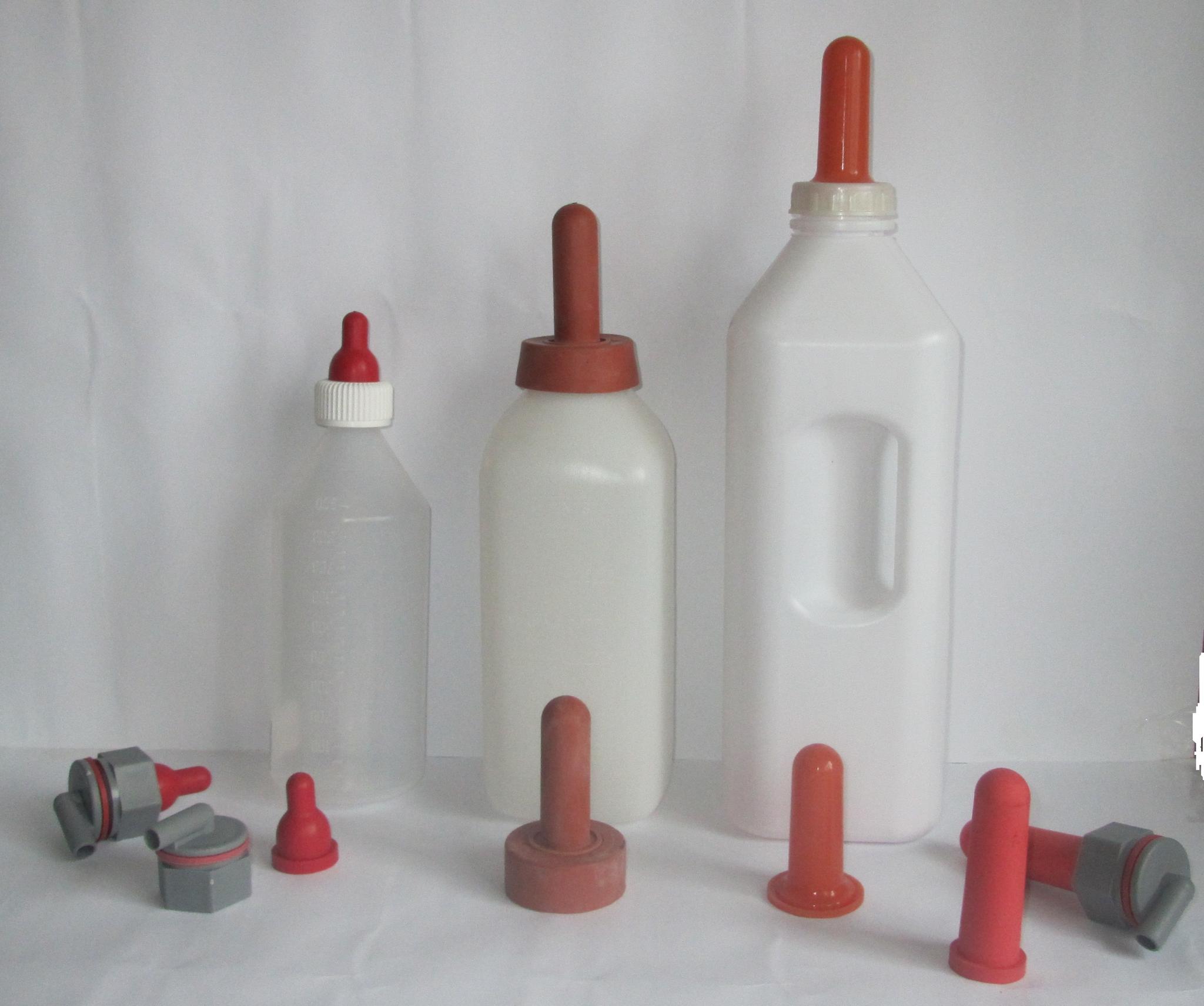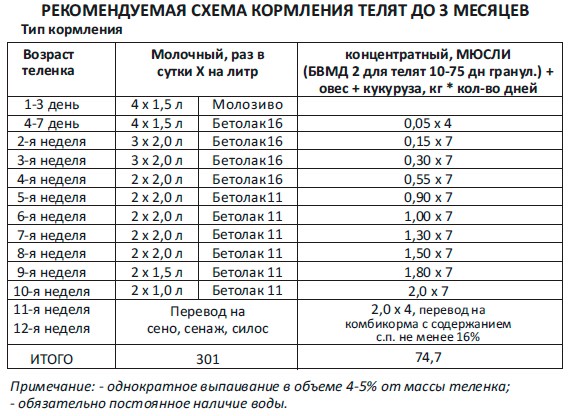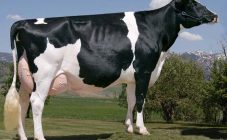Content:
When raising cattle, the organization of the correct balanced nutrition plays a primary role. In any calf, it is in the first months that the foundation for future health and productivity is laid. Therefore, it is very important to provide young animals with the correct diet. A good help will be the use of a whole milk replacer (CMR). This product has gained wide acceptance among domestic and foreign farmers.
What is milk replacer
Whole milk replacer, or milk replacer, is a mixture of products with a complex composition of various components, which ideally matches all the physiological characteristics of the digestive system of young cows and other farm animals. It is fully capable of meeting all the nutritional needs of young organisms.
The use of this kind of food when feeding young calves has certain positive aspects:
- There is no risk of affecting young calves with many diseases that can be transmitted from the mother during feeding;
- The composition of milk replacer is sanitary, while the composition of cow's milk depends on many factors: age, type of nutrition, lactation period, health of an adult animal, and so on;
- In the composition of milk replacer there are always mineral supplements that contribute to the correct development of young animals;
- Milk replacer is much cheaper than whole milk, which saves on nutrition;
- Thanks to the use of milk replacer, it will be possible to achieve optimal growth rates;
- CMR has a powdery dehydrated composition, which significantly increases the shelf life;
- Due to its balanced composition, it causes a good appetite in cattle, which ensures their rapid growth and development.
There are several small nuances that can stop farmers from purchasing milk replacer:
- Some blends are relatively expensive;
- Requires preliminary preparation before feeding;
- The diluted composition is not stored for long;
- During storage of the finished mixture, protein breakdown can occur, which leads to a decrease in nutritional value.
Milk replacer is usually sold in special bags of 25 kg. This is a traditional packaging, but there are other options.
Types of milk replacer
Today there is a huge selection of milk replacer. They can qualify for a variety of reasons. First of all, they differ in consistency. In fact, this is simple milk powder for calves, but in some versions it is much more perfect and nutritious.
- Dry powders. It is a friable product that must be diluted with water to obtain a nutrient mixture.
- Concentrated milk replacer. Similar to the previous version, only with a high concentration of useful components. Required in a smaller volume to obtain milk for calves.
- Liquid solutions. Ready-to-use solutions for feeding, for the production of which fat-free concentrated whey is used. These have a short shelf life.
Composition
Each manufacturer of milk replacer has its own set of components that is used in the production.
Any milk substitute must contain the following components:
- Reverse (dried in a special way whey);
- Shit;
- Vegetable and animal fats;
- Vitamins and mineral supplements.
In more expensive products, eggs and wheat flour can also be found in the composition, but such options have a shorter shelf life. Some special products add antibacterial agents that are completely safe for the animal. For the prevention of diseases of the digestive system, prebiotics and probiotics are added. Sometimes extruded soybean, pea, and flax seeds can be added to the mixture as an additional source of proteins.
In what proportions and how it is divorced
The milk period in calves lasts up to 4 months. The proportions of how to breed calf milk powder are written on the package in the instructions. Although over the long years of use, farmers know the rules and regulations by heart. Typically, the length of the feeding period is directly related to the amount of substitute used to feed the calves. Choosing milk replacer for calves as a food, you first need to familiarize yourself with the basic rules. Before you start to water the young, you should dilute the purchased mixture. For this, 7-9 parts of water are used. The powder is taken in such a way that about 12-13% of the nutritional powder itself is obtained in the composition of the solution. For example, to prepare 100 kg of ready-made mixture for drinking, you should take 13 kg of powdery product and 87 liters of water.
The mixture is prepared in several stages. The required amount of milk replacer is weighed and added to the water gradually, stirring thoroughly each time. Also, the mixture is not diluted in full amount of water. After the powder is completely dissolved and there are no lumps, you can dilute with the remaining water, only it should be at a lower temperature.
Rules for using milk replacer for calves
It is important to follow certain rules when preparing a mixture before diluting milk replacer for calves:
- The dishes in which the new calf feeding norm will be prepared must be thoroughly washed. The ideal option is to scald it with boiling water.
- The mixture should be diluted immediately before feeding, since after 10 minutes it already begins to lose its nutritional properties. The temperature of the water in which the powder will be diluted should be approximately 50-60 degrees.
- In order not to harm the calf's digestive system, all dosages must be observed according to age.
Drinking norms
The amount of food, whatever it is, depends on the age of the calves. The whole milk replacer also has its own set rates.
Most often, milk replacer is administered after two weeks of life. During this period, weaning from the mother should already be performed.
If the procedure went well, then they begin to fully introduce a new food:
- The first two weeks are fed with 2.3 liters of substitute per calf. The ratio of milk replacer and water is 1: 8.
- At 4-5 weeks of life, the amount of food increases to 3 liters, the concentration remains the same.
- Feeding at 5-6 weeks is carried out with a mixture in a volume of 3 liters with a concentration of 1: 9.
- Until 11 weeks, the concentration changes, and a ratio of 1:10 is taken, the volume of the mixture does not change.
After 11 or 12 weeks, feeding with milk mixture is most often stopped.
Tips from experienced breeders
Today there is a wide range of mixtures that have different characteristics and application features. Many farmers have chosen this method for feeding their young.
Below are some guidelines to help you avoid most of the mistakes:
- When using ZTSM "ProLak-16" it is better to dilute the mixture not according to the instructions on the package, but according to the standard scheme. As noted by users, diarrhea is very common when diluted according to the manufacturer's instructions.
- The best manufacturers of WMS are ProLak-16, Mustangingredients, Vamit-Tatarstan, Volotovskiy Dairy Plant. These products have been proven over the years.
- It is best to use powdered mixtures when feeding young animals, since they have a longer shelf life and are identical in composition to natural cow's milk.
Today milk replacer is very popular among modern farmers. Such a diet can significantly reduce the cost of feeding calves, while the young will be provided with all nutrients and develop as correctly as possible.
